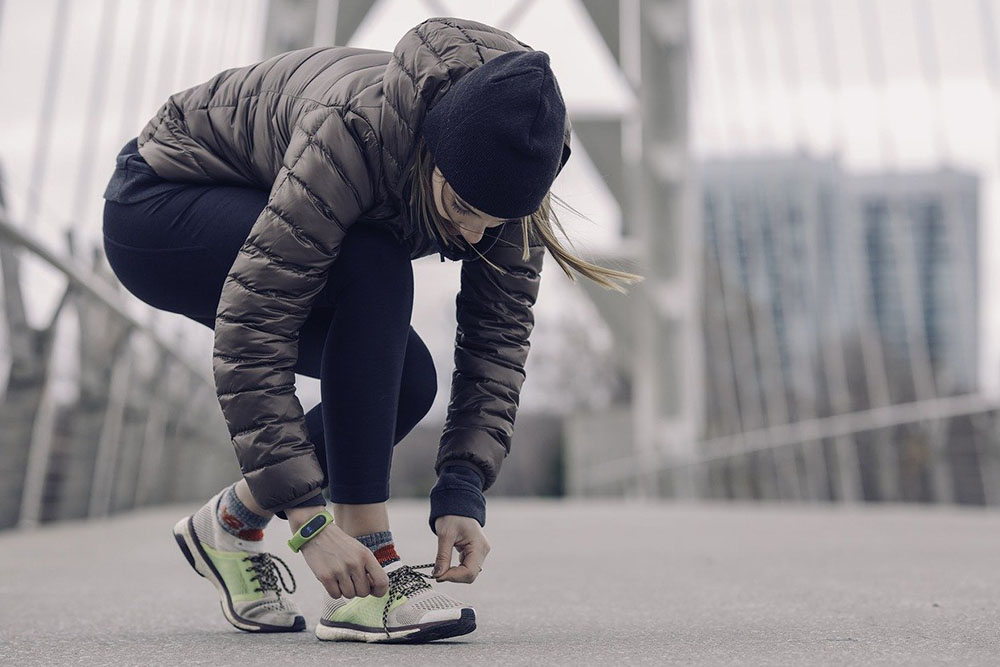The Most Efficient Way to Run Faster
Evan Stevens, Sprint Coach
Phosphocreatine is the most immediate source of energy we have access to run faster. It is separate from the glycolytic (anaerobic) and mitochondrial (aerobic) pathways and is a way to rapidly produce energy (ATP) at the onset of high intensity exercise. CP as an energy source has is finite and only lasts for roughly 20 seconds before it is depleted and ATP is produced through glycolysis or the mitochondria.
However, through training we can increase our CP reserves as well as our ability to recycle CP. This allows us to sprint off the start line as well as have a strong finishing kick. CP hills are an effective way to improve on this system as a pre OR post workout drill.
CP Hills
-All repeats to be done at 100% sprint effort (as fast as you can go).
-Sprint as hard as you can uphill for 12-15 seconds.
-Walk down the hill for rest following a 5:1 rest to work ratio on the walk down
*If you sprint for 15 seconds, rest/walk back down hill should be 75/90 seconds
-Start with 4 reps at the start and through the season add another rep every other week up to 8
Because this is a highly specialized energy system this can be done before or after your “main” workout, which should work on a separate energy system (aerobic/anaerobic).
Most important tip: these are all out, 100% top effort sprints. Doing them too slow with not enough rest crosses over into an anaerobic system which defeats the purpose of working on multiple energy systems.
For more tips & motivation visit our website at www.Forever Fit Science.com.
Related Video:
You Might Like:











